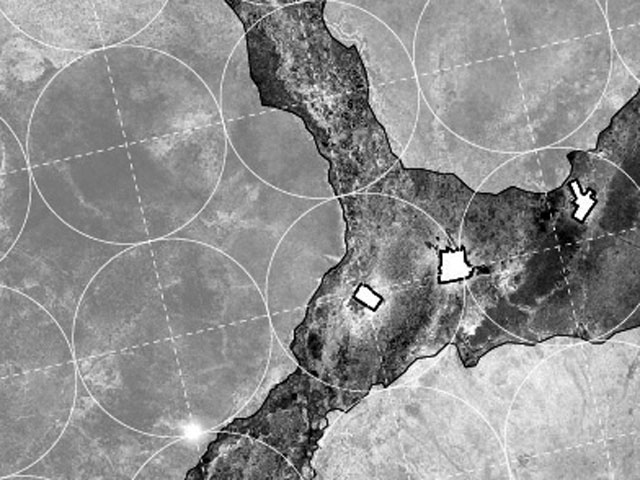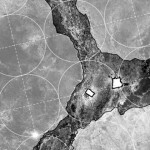Lauren Thomsen
ARCH-4980.2 | Julia Watson, Assistant Professor
NOMADIC INFRASTRUCTURE
LAUREN THOMSEN
A disaster is not necessarily a singular catastrophic event. It can be an ongoing, complex process that nevertheless demands urgent attention. Increased global instances of drought are slow disasters that impact ecosystems, infrastructures and communities throughout the world. These situations, such as the current drought and famine in the Horn of Africa, can be mitigated through design interventions that are sensitive to both human and ecological factors. As designers, we must acknowledge the dynamic relationship between humans and the environment, and the sensitivity of the complex natural systems, processes, and metabolisms we influence. Looking specifically at water accessibility at Dadaab, the world’s largest refugee camp, located in northeastern Kenya (CARE 2011), this thesis project explores the regenerative potential of biocultural infrastructure and adaptive ecological design.
The project proposes to diffuse the population migrating to Dadaab by rehabilitating an existing migratory route to allow pastoralists to once again move herds between distant markets despite increasingly harsh climatic conditions in the region. This will be done by using existing ecological resources, such as seasonal water and nomadic herds and herders (whose movement passively rehabilitates the soil), in new ways to begin a series of processes that regenerate the landscape along the route. The proposal will use the catchment, storage and provision of rainwater and runoff to create a network of water points that will direct pastoral migration. The act of migration will be used to seed, fertilize, and aerate soil to create a fertile corridor between points. The intervention will initially be located at Dadaab, and will grow over time toward the Kenyan/Somali border along the migratory route.
This thesis addresses the slowly evolving disaster at Dadaab by adopting an equally slow and evolutionary strategy to reinvigorate the landscape ecology. Through the adaptation of traditional infrastructure and management systems, biocultural diversity can provide new and long-lasting solutions to combat large scale environmental and humanitarian crises.

